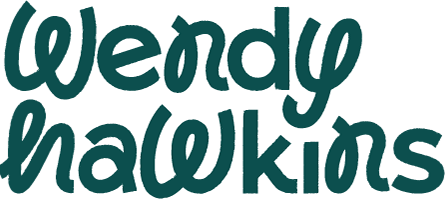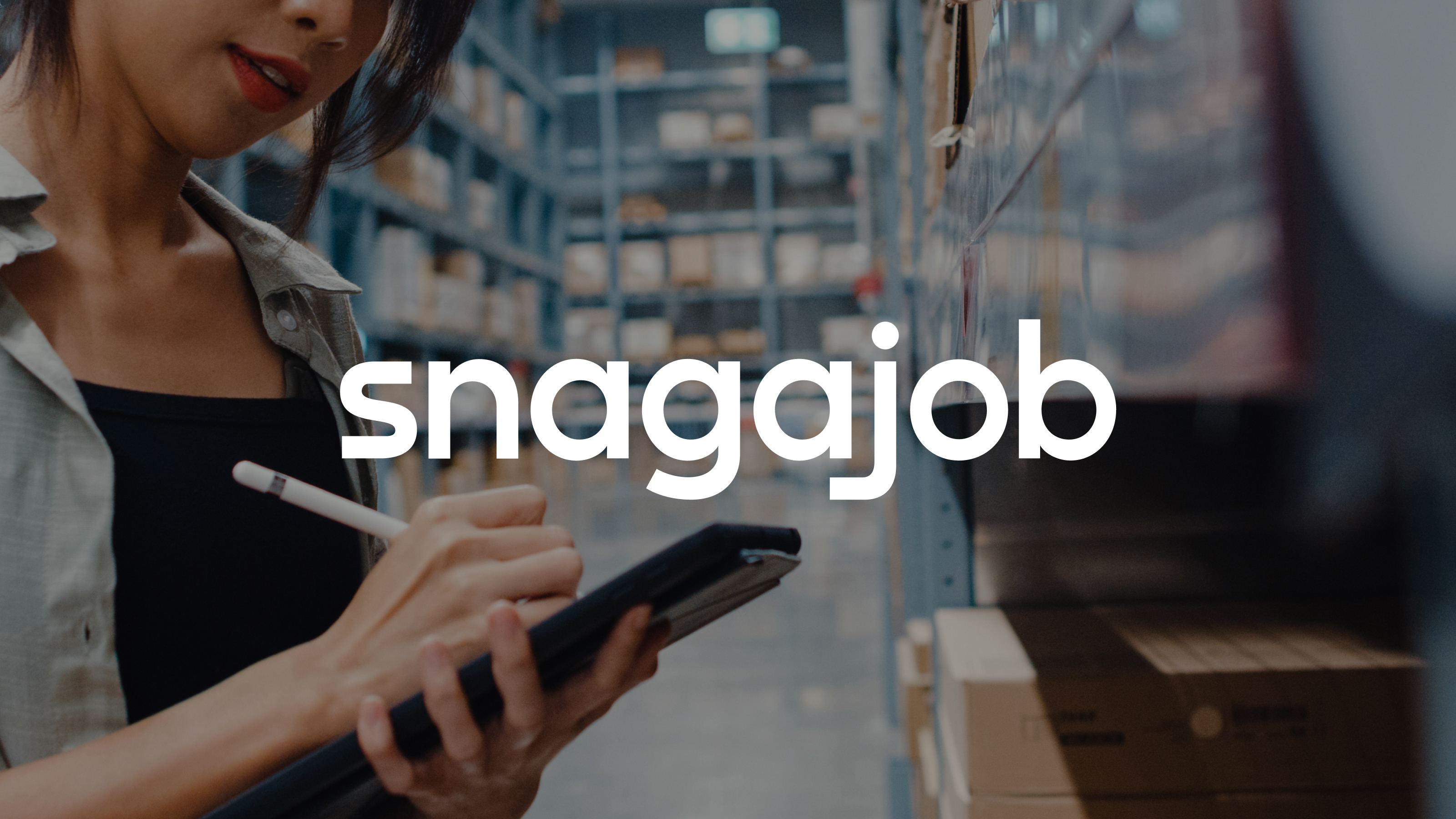Overview
At Crispy interactive agency, we were approached to design an app for those recovering from opioid addiction. The app would be a support tool for those in treatment and provide valuable data for research. A UX Team of One—Plus One
As Design Director, I worked closely with the client and subject matter experts to determine functional needs, understand the treatment process, define the scope, and set milestones. At the time, Crispy was just starting, so I was acting as a "UX team of one". During the project, I hired a senior designer to join our team and collaborate with me on UI execution.
The Challenge
The app needed to provide users with a well-rounded set of tools: tracking treatment, medication, any opioid use, emotional states, and triggers. They could then review and discuss their progress with their counselor or physician. Because of the highly sensitive information, HIPPA compliance and personal data security were essential.
The other key was helping them build new healthy habits. So, we would provide users with tools to keep them motivated and focused on near and long-term goals.
As a third-party service, we also had to be mindful of our client's budgets and communicate recommendations and decisions clearly so that they could be successful with their client.
I went through several iterations of the structure and content of the app as conversations with SMEs deepened my understanding of the user's needs.
Because we were augmenting another agency, I didn't present directly to key decision makers, so even early wireframes included a balance in fidelity to ensure intent was clear. I would often do prep calls with my primary stakeholders to make sure they felt confident to review with their clients.
Treatment, Tracking, Goals, and Motivation
If you strip away the human context, INREACH is a tracking and reporting tool. However, the final solution treats recovery like a series of moments; helping users build daily habits, routines, and self-care practices that aid them in their journey and celebrate with them along the way. Through details of visual and written language, it aims to reflect genuine empathy and awareness of the user's experience.
Navigation tabs are organized around task frequency, immediacy, and personal need. Logging opioid misuse and medication needs to be done daily, so that is the first thing users can access when they open the app.
"Tracking" lets them monitor emotions and triggers throughout the days and weeks. They can choose to share this data directly with their counselor or generate reports as needed.
"My Goals" is where users focus on building new habits for a healthier life. They can create and track small goals while keeping an eye on their ultimate goal, recovery.
Under "Motivation" they can create multiple personal vision boards to stoke the fires and focus on their "Big Why".
Consider Your Audience(s)
Reflecting back, the theme of this project might be: know your audience and communicate with empathy. It helped me empower my client to feel confident reviewing designs with decision makers. It allowed me to quickly build rapport and trust with a new designer and developer. Empathy for your team is just as important as empathy for your user.



